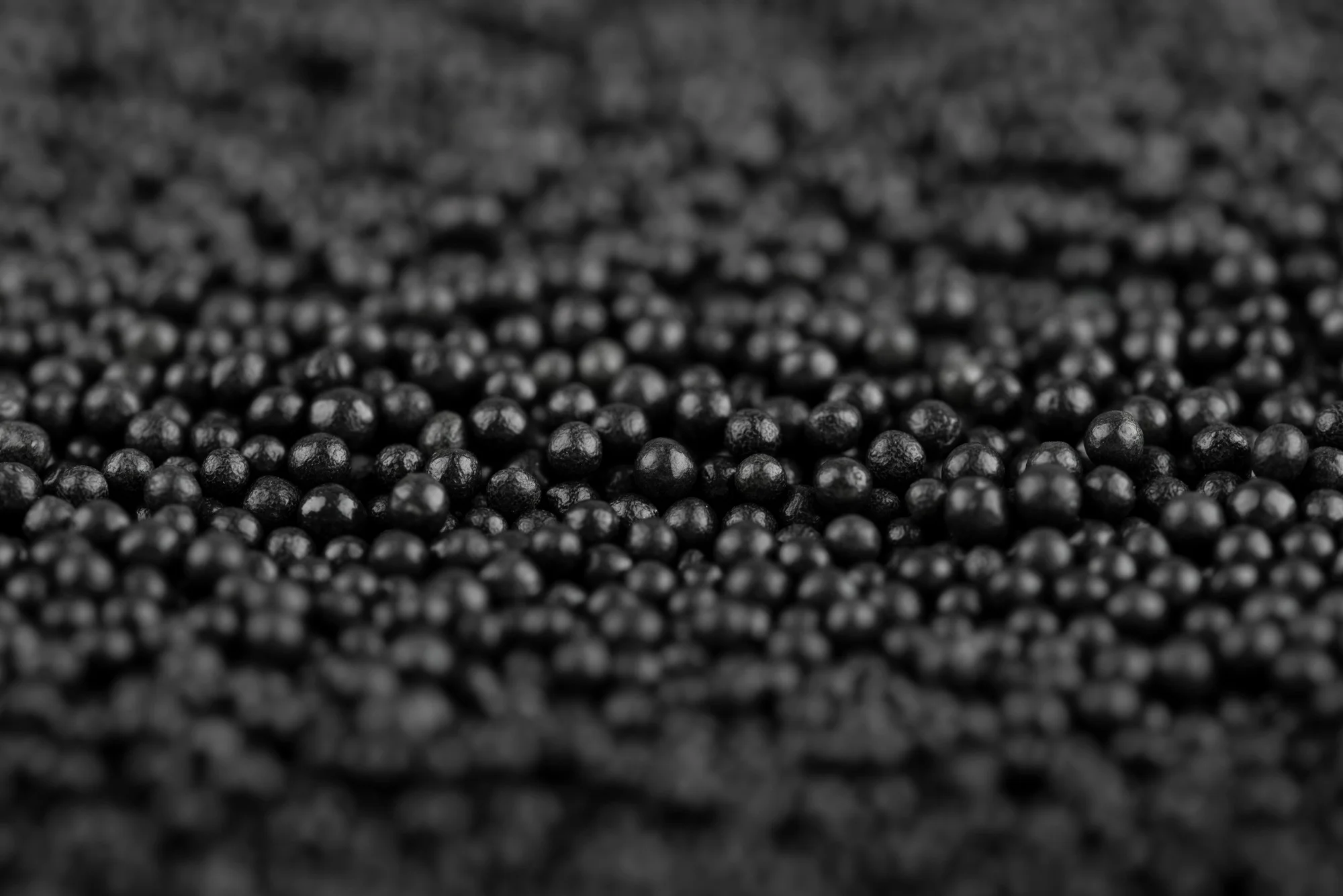January 10, 2024 – Journal of Colloid and Interface Science – DOI: 10.1016/j.jcis.2023.11.040
In a significant scientific advancement with implications for the clean energy sector, researchers have reported the development of a new type of catalyst that efficiently produces hydrogen from formic acid. The study, which appeared in the March 15, 2024 issue of the Journal of Colloid and Interface Science, underscores the role of strong metal-support interaction (SMSI) in boosting the effectiveness of palladium (Pd) nanoparticles when used for catalyzing the formic acid decomposition (FAD), a process which yields clean hydrogen energy.
Hydrogen is increasingly acknowledged as a key player in the quest for sustainable and versatile energy carriers to address the global energy crisis. A major advantage of using hydrogen as a fuel is its potential to generate power with water vapor being the only emission. However, the storage and transportation of hydrogen gas pose significant challenges due to its low density and high flammability.
Formic acid decomposition offers a promising solution to these issues by allowing hydrogen to be produced under mild conditions from aqueous formic acid. The process hinges upon the efficiency of catalysts, which can speed up the reaction without being consumed by it. Among the various catalysts explored, palladium-based materials have emerged as some of the most effective agents for this purpose.
The study was led by Jiangnan Guo from the State Key Laboratory of Chemical Engineering at the East China University of Science and Technology, in collaboration with Shuozhen Hu, Zhaoqun Gao, Xinsheng Zhang, and Shigang Sun, the latter from the State Key Laboratory of Physical Chemistry of Solid Surfaces at Xiamen University. The team synthesized a novel core-shell structured silica (SiO2) supported palladium catalyst coated with carbon, with a particular focus on fine-tuning the SMSI effect.
SMSI has been recognized as a critical factor in catalyst design, influencing both the chemical and structural properties of the catalyst surface. By manipulating the interaction between the metal nanoparticles and the support material, researchers aim to enhance the catalytic activity and stability. In this case, carbon coating was used to control this interaction, potentially leading to a higher Pd(0)/PdO ratio, which is conducive to the catalytic process.
The cutting-edge catalyst exhibited an impressive performance in laboratory tests, outpacing existing palladium catalysts in terms of hydrogen production efficiency. Moreover, the durability of the catalyst was also noted, making it a robust option for continuous operation.
The implications of this development are vast; by facilitating the production of hydrogen from formic acid, it mitigates the risks and costs associated with hydrogen storage and transport. Consequently, this could accelerate the adoption of hydrogen as an alternative to fossil fuels and help in reducing carbon emissions associated with energy production.
While the research community heralds this development as a breakthrough, the authors of the study cautiously note that additional work would be required to translate these laboratory findings into industrial applications. Nonetheless, this study serves as a critical stepping stone toward the development of sustainable hydrogen production technologies.
References
1. Guo, J., Hu, S., Gao, Z., Zhang, X., & Sun, S. (2024). Carbon-coated silica supported palladium for hydrogen production from formic acid – Exploring the influence of strong metal support interaction. Journal of Colloid and Interface Science, 658, 468-475. doi: 10.1016/j.jcis.2023.11.040
Declaration of Competing Interest: The authors declare that they have no known competing financial interests or personal relationships that could have appeared to influence the work reported in this paper.
Keywords
1. Hydrogen production
2. Formic acid decomposition
3. Palladium catalysts
4. Strong metal-support interaction
5. Carbon-coated silica support
